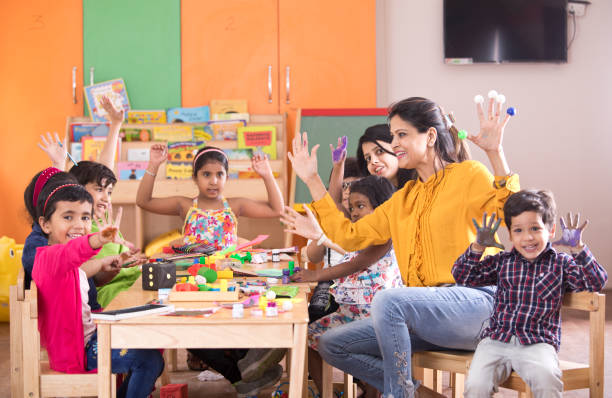It makes sense that the field of education would embrace the digital revolution in the present period, when technology has invaded every facet of our life. The use of digital boards in the classroom has revolutionized conventional teaching techniques and improved student engagement and learning outcomes. In order to create a dynamic and engaging learning environment, I am eager to submit my application for a teaching position using digital boards.
A Catalyst for Effective Teaching: Digital Boards
Digital boards are interactive displays that combine the capability of a regular whiteboard with the power of a computer. They are often referred to as interactive whiteboards or smart boards. These whiteboards give teachers the ability to include interactive software, movies, and graphics in their classes. Digital boards’ engaging visuals and interactive features draw students in and encourage their active engagement in the learning process.
Improvements in Visual Learning
The potential of digital boards to assist visual learning is one of their key benefits. Visual aids improve understanding and information retention, according to studies. Using digital whiteboards, teachers can visually engage students with complex subjects through graphics, diagrams, and animations. Students can better understand abstract concepts thanks to visual representations, which also makes learning more interesting and memorable.
Environment for Interactive Learning
Digital whiteboards provide a collaborative learning environment that motivates students to participate fully in class. Students can interact directly with the information presented on the board thanks to touch-sensitive technology. They have the ability to modify things, work together in real-time, and solve problems. For pupils to develop holistically, this interaction encourages critical thinking, problem-solving abilities, and teamwork.
Integration of multimedia
Multimedia resources can be seamlessly incorporated into digital whiteboards, enhancing the educational experience. Teachers can use online simulations, interactive games, and instructive movies to give their students a variety of engaging learning experiences. This multimedia integration promotes inclusive education by accommodating students with aural, visual, and kinesthetic learning preferences.
Personalized Education
Every kid is different, with their own learning styles and aptitudes. With the help of digital boards, teachers can modify their classes to meet the needs of each individual student. Teachers are able to quickly modify their pedagogical approaches thanks to the real-time annotation, highlighting, and customization of content. This individualized approach makes sure that every student has the help and direction they require, maximizing their chances of academic achievement.
Motivation and Participation:
Engaging pupils is essential for effective learning, and digital boards are excellent at doing so. These interactive whiteboards turn inactive students into active participants, fostering a vibrant and dynamic learning environment. Students are encouraged to actively participate and retain material more efficiently via gamification components like quizzes, competitions, and interactive activities.
Improved Cooperation
Students that participate in collaborative learning are better prepared for the challenges of the future, where communication and cooperation skills are highly appreciated. Students can collaborate on projects, generate ideas, and present their findings to the class while using digital whiteboards. Digital boards’ collaborative capabilities help students develop important social and communication skills while also encouraging a friendly and cooperative learning environment.
Conclusion:
The use of digital boards in the classroom expands learning opportunities for both teachers and students. I am enthusiastic to use the capabilities of digital boards to establish an engaging and dynamic learning environment because I want to become a teacher. I want to motivate and empower students as they progress through their education by utilizing the benefits of visual learning, interactivity, multimedia integration, and individualized training. I am sure that with my love for teaching and the revolutionary potential of digital boards, I can have a positive influence on kids’ lives and help them succeed academically.










